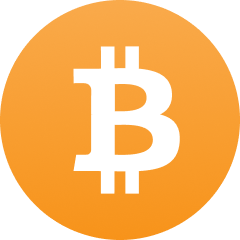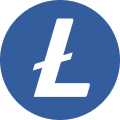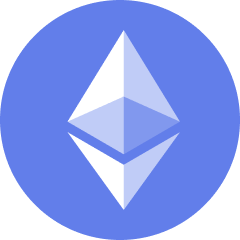| Date Comparison | ||
|---|---|---|
| Today |
€ 1.58
|
-3.62%
|
| 30 Days |
€ 1.88
|
-19.11%
|
| 60 Days |
€ 2.51
|
-59.37%
|
| 90 Days |
€ 2.28
|
-44.51%
|
NEAR (NEAR) is the native cryptocurrency of the NEAR Protocol, a decentralized platform designed for building and deploying scalable decentralized applications (dApps) and smart contracts. Launched in 2020, NEAR aims to provide a user-friendly and developer-friendly environment that addresses some of the key challenges faced by earlier blockchain networks.
The primary functions of NEAR within the NEAR Protocol include:
-
Transaction Fees: NEAR tokens are used to pay for transaction fees when users interact with dApps and execute smart contracts on the network. These fees are designed to be low and predictable, which helps facilitate a seamless user experience.
-
Staking and Network Security: NEAR operates on a Proof of Stake (PoS) consensus mechanism, allowing token holders to stake their NEAR tokens to participate in network validation and security. Validators are chosen based on the amount of NEAR they stake, and they earn rewards for validating transactions and maintaining the network.
-
Governance: NEAR token holders participate in the governance of the NEAR Protocol, allowing them to propose and vote on changes, such as protocol upgrades and adjustments to transaction fees. This decentralized governance model ensures that the community has a voice in the future development of the platform.
-
Incentives for Developers: NEAR allocates a portion of its tokens to incentivize developers and support the growth of its ecosystem. This includes grants for new projects, rewards for innovative dApps, and funding for community initiatives, fostering a vibrant environment for development and innovation.






















